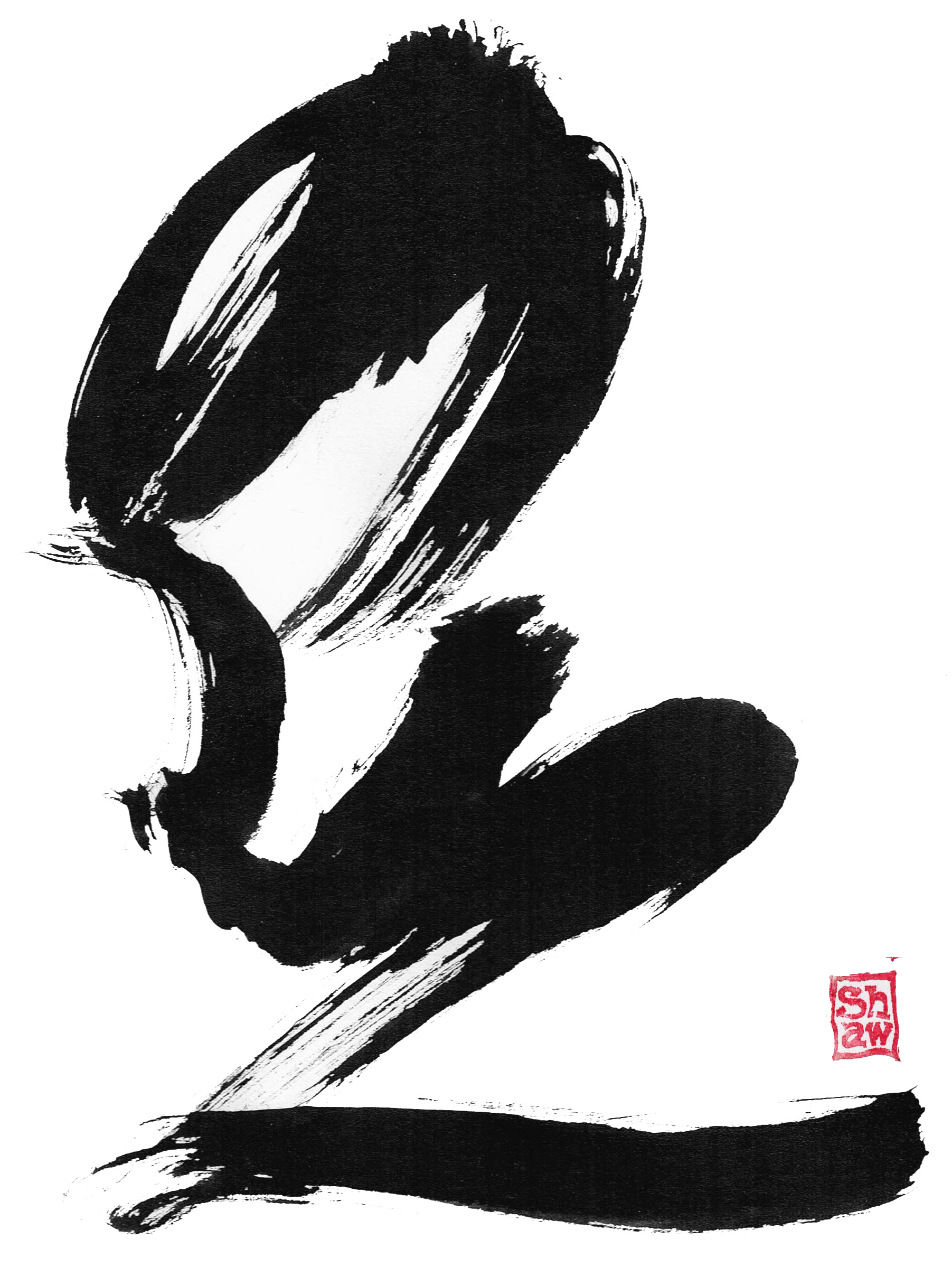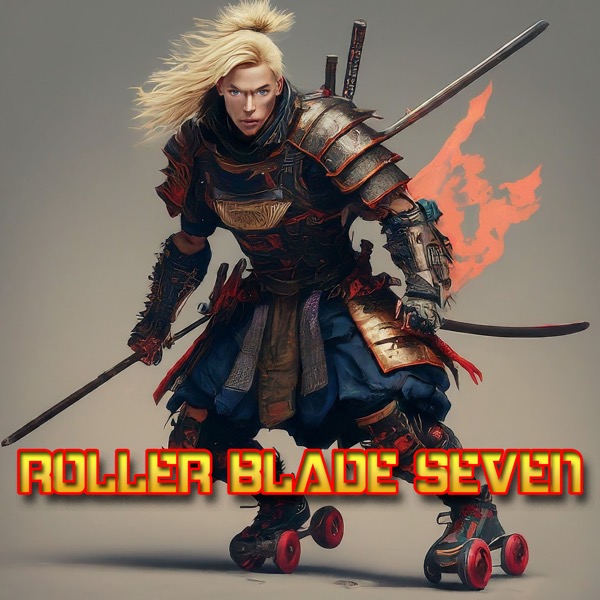Return of the Roller Blade Seven



Return of the Roller Blade Seven
Rollerblading into the Surreal:
Return of the Roller Blade Seven and the Further Exploration of Zen Filmmaking
Return of the Roller Blade Seven (1992), the bizarre and beloved sequel to the cult classic Roller Blade Seven, propels audiences deeper into the surreal world created by filmmakers Scott Shaw and Donald G. Jackson. While the film's outlandish action sequences and rollerblading warriors might initially appear campy, beneath the surface lies a fascinating exploration of Zen Filmmaking. This unique approach, characterized by minimal dialogue, repetitive sequences, and a dreamlike atmosphere, elevates Return of the Roller Blade Seven beyond mere B-movie territory and offers a compelling insight into Shaw's artistic vision.
One of the most striking aspects of Zen Filmmaking in Return of the Roller Blade Seven is the near-absence of dialogue. This forces the audience to rely on visual storytelling and their own interpretation of the events unfolding. Scenes are often repetitive, showcasing intricate fight sequences set against neon-drenched landscapes. This repetition creates a hypnotic effect, blurring the lines between reality and dream, immersing viewers in the film's surreal atmosphere.
Furthermore, the film embraces ambiguity and embraces unanswered questions. Hawk's motivations and inner struggles remain largely undefined, while the antagonist, Pharaoh, operates as a symbol of oppression rather than a fully fleshed-out character. This deliberate lack of exposition encourages individual interpretation and fosters a sense of mystery, drawing viewers deeper into the film's enigmatic world.
However, beyond its stylistic flourishes, Zen Filmmaking serves a deeper purpose in Return of the Roller Blade Seven. The repetitive fight sequences, for instance, can be seen as meditations on violence and conflict. The lack of dialogue allows viewers to contemplate the emotional and philosophical themes embedded within the narrative without the distraction of traditional storytelling techniques. The film thus becomes a platform for self-reflection, prompting viewers to ponder the nature of good and evil, the quest for justice, and the power of individual will.
Return of the Roller Blade Seven is not without its flaws. The narrative can be convoluted, and the acting varies in quality. However, it is precisely in its embrace of the unconventional and the surreal that the film finds its strength. Through the lens of Zen Filmmaking, Shaw crafts a visually stunning and thought-provoking experience that transcends its B-movie roots. It challenges viewers to engage in active interpretation, forcing them to grapple with the film's deeper themes and its unique artistic vision. Ultimately, Return of the Roller Blade Seven stands as a testament to the power of experimentation and the enduring appeal of the surreal.
Flash Points: Return of the Roller Blade Seven: Picking Up Where We Left Off
Picking up directly after the events of Roller Blade Seven, Return of the Roller Blade Seven (1992) throws our rollerblading hero, Hawk Goodman, back into the fight against the forces of evil. Here's a breakdown of the film:
Plot:
Hawk continues his quest to rescue his sister, Sister Sparrow, who remains captive by the tyrannical Pharaoh.
He reunites with his team, the Roller Blade Seven, and faces new challenges from the Pharaoh's allies, including the Black Knight and Saint Offender.
The film delves deeper into Hawk's inner struggle, exploring themes of destiny, self-discovery, and the fight for good against evil.
Hawk Goodman: The rollerblading warrior driven by his mission to save his sister.
Sister Sparrow: Hawk's captive sister, possessing psychic abilities.
Pharaoh: The evil ruler and antagonist.
Black Knight: A formidable warrior and ally of the Pharaoh.
Saint Offender: A manipulative sorcerer aiding the Pharaoh.
Roller Blade Seven: Hawk's team of loyal companions and skilled rollerbladers.
Similar to its predecessor, Return of the Roller Blade Seven embraces the Zen Filmmaking style. This means minimal dialogue, repetitive sequences, and a dreamlike atmosphere, creating a unique and surreal experience.
The film is filled with over-the-top action sequences, incorporating martial arts, rollerblading stunts, and fantastical elements.
Despite its campy aesthetic, the film explores deeper themes, adding complexity to the seemingly simple narrative.
Like Roller Blade Seven, Return of the Roller Blade Seven received mixed reviews but gained a cult following over time.
Fans appreciate its unique style, cheesy charm, and nostalgic appeal.
The film is often recognized for its influence on independent filmmaking and its contribution to the "so bad it's good" genre.
The film is sometimes referred to as part one of a larger story, along with Roller Blade Seven, due to its direct plot continuation.
However, it was initially conceived as a standalone sequel.
Producer Scott Shaw intended to explore the story further in future installments, but these plans never materialized.